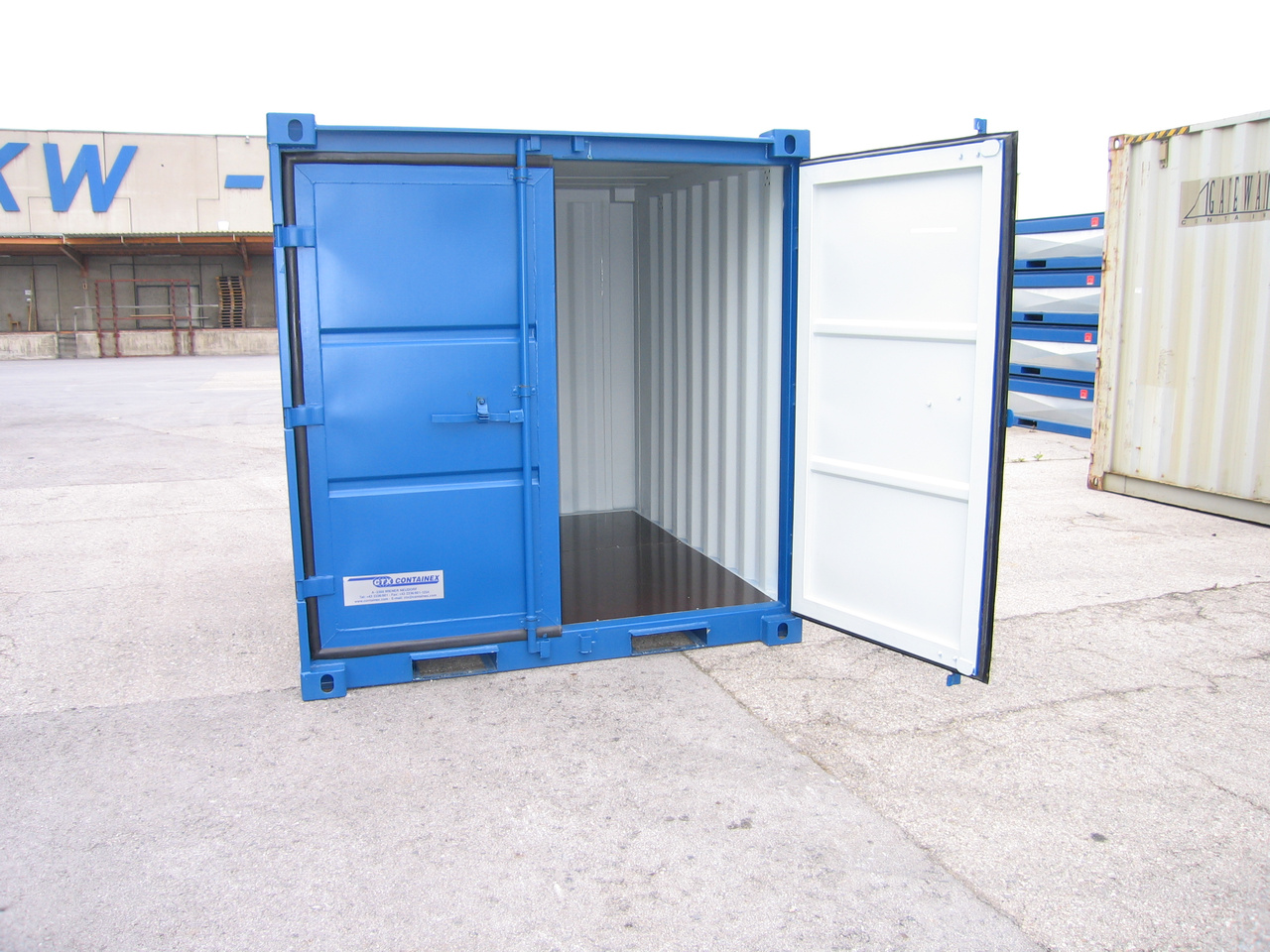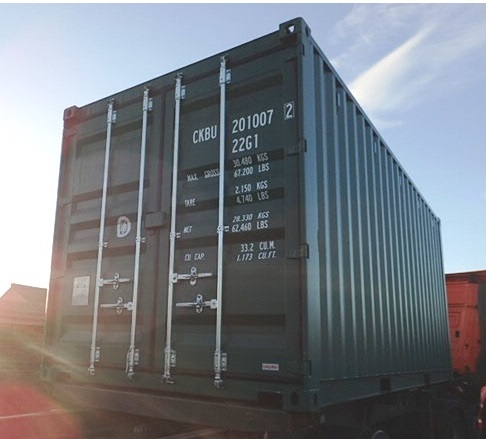

Located on the east facing wall at the southwest corner of 51st Street and South Prairie Avenue, it covers 2000 sq. One of the more prominent beautification efforts near the station is the Wall of Peace and Love mural, a community initiative led by Urban Juncture that has changed the tone of the area. Businesses have a close relationship to the CTA green line transit station While some enterprises at the site will not be profitable, Loyd feels they are important for stabilizing the area. The organization is also certified as 501(c)(3) to accept charitable donations. A community development financial institution (CDFI) is also an equity partner. The development is funded by private capital in Chicago and around the U.S., including a crowdfunding offering. Eighty percent of vendors and employees live on the South Side of Chicago, and in the height of summer, up to 40 people can be found working on-site. In addition, Urban Juncture is developing Boxville, a colorful set of shipping containers that now house a bike repair shop, a mix of mini-food shops and other vendors. “We have a long way to go and need to continue to access capital and work to reshape the image of the neighborhood.”Ī half-dozen enterprises are housed within Urban Juncture’s Bronzeville Cookin’ Initiative, including the Bronzeville Incubator, which is an incubation, events, and co-working space Greenline Farm, a rooftop farm Friistyle a unique local restaurant that combines french fries with a variety of toppings and Bronzeville Community Garden. Fifteen years seems like a long time, but really, it’s a drop in the bucket,” noted Loyd.

“This is a community that has suffered disinvestment and depopulation for a half century. The project has been slowly growing over a decade and a half. The location on the Green Line also benefits from buses that run along 51st Street, so it’s very well served by transit. Plus, there is a flow of commuters which represents 1,000 potential customers per day from the train alone. “Transit is essential for many folks, and locating commerce here represents a layering of amenities,” he notes. It’s a very cool space.Loyd bought his first commercial building in 2005 at the intersection of the CTA Green Line and 51st Street.
#BOXVILLE SHIPPING CONTAINERS FULL#
It’s full of a lot of people of color doing positive things. One customer I spoke with expressed appreciation for the effort, saying, “Boxville is full of activity.

“We’re focused on creating local opportunity, and that is where the injustice has been,” he said. This allows for more companies to come to Boxville and continue the cycle of entrepreneurship.īoxville founder and president Bernard Loyd sees benefits for both the community and Black and Brown entrepreneurs. Once businesses have become established, they either keep their boxes or move to a larger space. The plan for most Boxville business owners is to grow while establishing a reputation in the community. When asked why he chose to open his store at Boxville, Gonzalez said, “Having to go completely outside of my neighborhood to the north side to get shoes and other training gear, I didn’t want other runners to have to go through that.” As a runner, he saw the need for a shop to outfit runners.

Ian Gonzalez, the proprietor, is passionate about his store. One of those shops, Last Lap Corner Store, is the only business on the south side of Chicago that sells running gear. It is also Black-owned. Neighborhood support for the Bike Box led to more shops being added. According to its website, “The Bike Box offers neighbors and commuters with bike sales and repair services, meeting their needs for transportation and community.” Residents, meanwhile, benefit from the convenience of nearby shopping.īoxille began in 2014 with a single box focused on bike repair. Seeing that the area had fallen into disrepair, local leaders decided to create a practical way for people to start a business without spending a lot of money.Įntrepreneurs just starting out may not be able to afford the money needed to build a thriving business. Boxville eliminates many of the hurdles that minority-owned businesses face by having lower start-up costs and a supportive community. They sell everything from clothing to running shoes to hot dogs.īoxville is located in the Bronzeville neighborhood, a historic center of African American culture and business. Owners sell their goods out of modified shipping containers instead of stores. That is the idea behind Boxville, a retail area on the South Side of Chicago. Shipping containers aren’t just for transporting goods. George visits Boxville, a collection of shops made from modified shipping containers, on the South Side of Chicago.


 0 kommentar(er)
0 kommentar(er)
